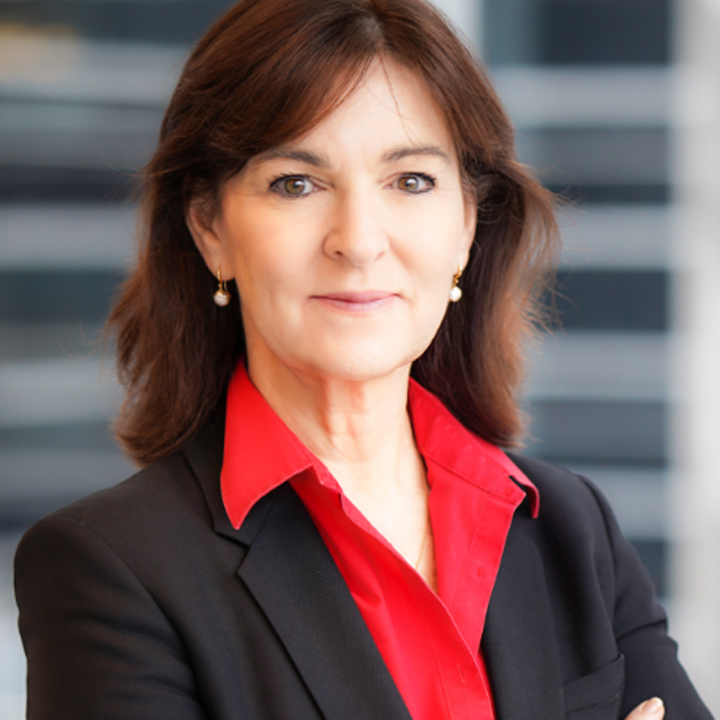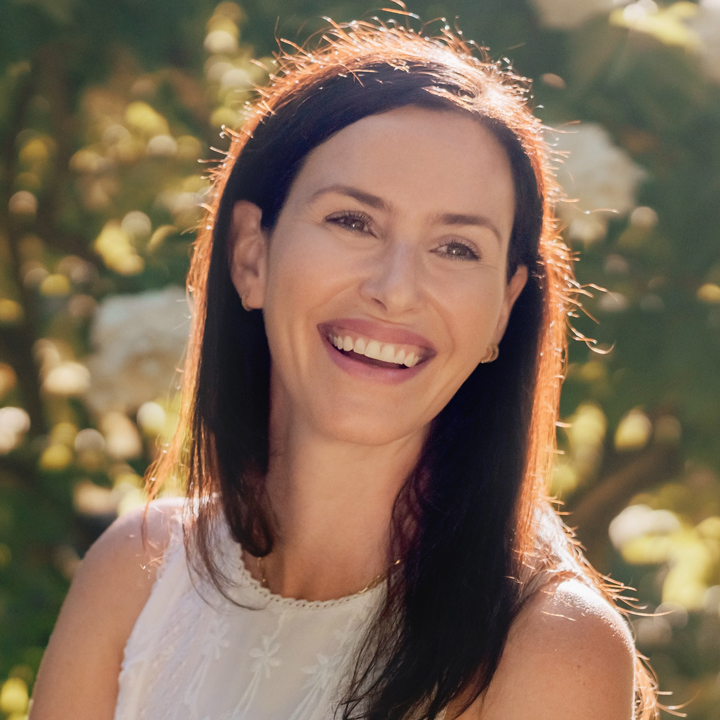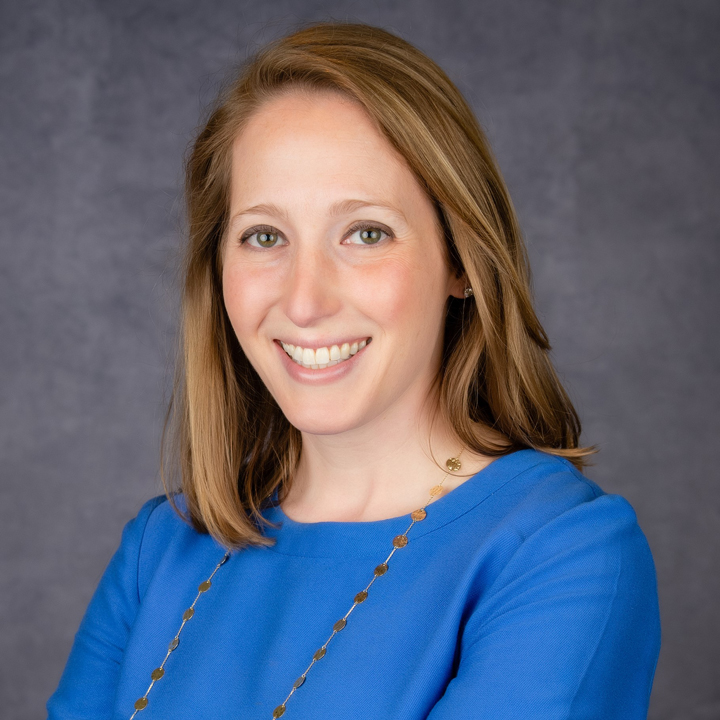It is an exciting time in the healthcare and wellness space, with an influx of technology, data, and customization options fueling innovation across the industry as professionals seek to better serve clients through the prevention and treatment of diseases.
We recently sat down with three innovators in women’s health – Dr. Connie Lehman of Clairity; Heather Monroe, LCSW, of Monroe Wellness; and Dr. Katherine Saunders of Intellihealth – to discuss how they are working to change paradigms in their areas of expertise, why preventative medicine is so important, and how the industry is shifting toward more personalized methods of treatment.
Tell us a bit about yourselves and the work that you do.
Dr. Connie Lehman: I wear three different hats: physician, scientist, and entrepreneur. As a physician, I am in the field of radiology at Mass General Brigham focused on early detection and more accurate diagnosis of breast cancer.
As a scientist, I’ve leveraged artificial intelligence (AI), computer vision, and machine learning to extract more comprehensive data from mammograms to predict a woman’s future breast cancer risk. And as an entrepreneur, I’ve co-founded Clairity to take this science to the next level, building a robust, commercial-grade product that will be implemented around the globe to improve women’s health and save lives.
Heather Monroe, LCSW: I am a psychotherapist specializing in relational and attachment trauma. I work to guide people back to themselves, mostly through somatic and experiential work, so that they can once again be connected to their bodies, intuition, boundary systems, and the world around them in a more functional way.
Dr. Katherine Saunders: During my internal medicine training at NewYork-Presbyterian Hospital, I fell in love with the field of obesity medicine. After completing the first fellowship in obesity medicine at Weill Cornell Medicine, I joined the faculty of Weill Cornell’s Comprehensive Weight Control Center, where I quickly developed a large panel of patients and a long waiting list. In 2019, my husband, Sloan Saunders, and I teamed up with my mentor, Dr. Louis Aronne, to scale the medical model he pioneered by launching Intellihealth – a healthcare technology company democratizing access to effective medical obesity treatment.
I’ve heard each of you talk about the changing paradigms in your areas of expertise. What does that mean, and how are you driving change in your practice area?
KS: It’s been fascinating over the past decade to witness the evolution of people’s perception of obesity. Historically, obesity was viewed as a lifestyle problem or an issue of willpower rather than a disease requiring medical intervention for most individuals to treat effectively. I spent the first part of my career spreading the word that obesity is a complex, chronic, difficult-to-treat disease.
Over the past couple years, there has been a paradigm shift. More people acknowledge that obesity is a disease, which is reasonable to treat medically. However, media coverage of newer anti-obesity medications has created an impression that obesity is a simple disease that should be treated with a one-size-fits-all approach. I’m now focused on communicating that obesity is not just a straightforward medical condition, but rather a heterogeneous disease that requires a personalized and long-term care plan.
To treat obesity effectively at Intellihealth, we conduct a comprehensive evaluation to identify every factor leading to weight gain and every barrier preventing loss in order to develop a tailored treatment approach, which often includes medication for those who haven’t had luck with lifestyle interventions alone.
CL: Cancer is also a complex disease. Some of the labels we use have been helpful in cancer treatment and research, but they’ve also been a bit of an Achilles heel. We label many things as “cancer” that behave differently biologically. All cancers are not the same; all breast cancers are not even the same, and the way we screen for cancer should not follow a one-size-fits-all approach. We’re trying to shift the paradigm to be more precise and focused on each individual’s cancer risk profile.
Many women believe they are only at a high risk of developing breast cancer if they have a genetic marker (such as BRCA) or if someone in their family had breast cancer. However, 85% of women who develop breast cancer have neither. The technology we have now can help us do a much better job at measuring risk in this majority of women who develop breast cancer with no known traditional risk factors.
Today, screening recommendations are almost entirely based on a woman’s age. We want to tailor screening to a woman’s personal risk profile. We now have powerful tools that can assess risk with genomics (genetic material) and radiomics (medical images), so it is time to move forward – taking a precision medicine approach to breast cancer screening so we can detect cancers earlier and even prevent them from occurring altogether.
HM: In the psychotherapy world, I’m moving further away from talk therapy and more into body awareness and mindfulness therapy. Talk therapy is the first level that clients and patients need to go through to connect the dots about why they are the way they are, but then you can get stuck in the same narrative. I’ve found that somatic therapy has been helpful for clients to get to know and regulate their nervous system a lot faster, and eventually graduate from therapy.
At Monroe Wellness, we are creating a program where the first level is talk therapy, the next level is going into the body and letting the body and nervous system talk and heal, and then the final level is for patients to apply everything to their daily lives and continue to do so outside of the practice.
Today, screening recommendations are almost entirely based on a woman’s age. We want to tailor screening to a woman’s personal risk profile.
Why is preventative medicine so important, and how is it changing?
HM: With psychedelics on their way to being an approved medication in trauma therapy, my biggest focus is on integration – integration in mindfulness therapy, in somatic therapy, in the future of psychedelic therapy – so that patients don’t start using anything as a crutch.
I want to help patients identify real tools they can apply to their lives outside of a therapy session. I’m focused on helping people learn to depend on themselves to regulate themselves, as opposed to something on the outside.
KS: In order to address skyrocketing healthcare costs, it’s important to treat root causes in addition to the downstream effects. Obesity is associated with over 200 weight-related health conditions, so it’s exciting to treat obesity as a way of preventing so many other expensive health complications. We finally have several medications that enable us to treat obesity quite effectively, and more promising anti-obesity medications are in the pipeline.
CL: In the breast cancer space, we have wanted to move into advanced risk assessment to support risk-based screening and prevention, but effective risk assessment tools were not available. The classic way we assessed risk was through genetic testing and by capturing a thorough medical history for each patient.
Unfortunately, those traditional approaches perform poorly when trying to identify which patients will develop breast cancer. However, today’s computers can see patterns in mammograms that the human eye cannot detect and can draw relevant information out of a mammogram that is much more accurate in finding women who will develop breast cancer in the future.
Early in my career, it was all about trying to stop late-stage diagnoses through early detection and effective treatment. Better risk models will empower us to improve on early detection and also identify methods to actually prevent cancer from developing. We’re at a crossroads, and I’m excited about the next 10 years and what it will mean for patients.
Constant disconnection over time is constant stress on the body over time. I am focused on how we can come back to connection. The best way we can do this is through co-regulation with other people.
How do you know if you need to change healthcare providers?
CL: It really depends on who I am talking to. In a lot of domains, access to healthcare is challenging. I think of patients who are in healthcare deserts and so far from quality care. There are also financial barriers. The heterogeneity of quality healthcare in the U.S. is extreme.
For someone who is in an area with many providers – if you’re not feeling comfortable or heard, talk to your friends for recommendations. Sometimes we need many different people in our healthcare domain to guide us through a healthy life.
HM: Financial barriers are an issue in the mental health space. I’ve navigated some healthcare issues with clients before where they felt they weren’t being heard, but their insurance was not going to allow them to switch to a different provider due to coverage. Boundaries become very important here. How do you advocate for yourself? And if you cannot advocate for yourself, can you bring someone to advocate for you?
I always tell my clients that this is like dating. There has to be rapport and trust, so I am going to continuously check in to see if this is working – for both of us!
KS: Weight bias, stigma, and discrimination occur even among healthcare providers. It is not uncommon for our patients to present to a provider with a symptom that is assumed to be a result of a patient’s overweight or obesity. This incorrect assumption can get in the way of an appropriate workup and a critical diagnosis. This is just one example of how weight bias can get in the way of medical care. It’s important to find providers who can look beyond a patient’s weight.
Effective obesity treatment requires comprehensive, personalized care that doesn’t just focus on the same medication for everyone, but identifies the underlying causes and considers every treatment option available.
How do we break down these barriers to advance health equity?
KS: That is what we are doing at Intellihealth – democratizing access to effective obesity treatment. We are in-network with insurance providers, and we use technology to reach underserved populations.
Last question: Why do you all do the work that you do?
CL: Throughout my career, I’ve seen time and time again the devastating impact that breast cancer can have on a woman’s life, her family, and her community. The same is true in every country all around the world. More than 680,000 women died of breast cancer last year alone. That is why I am focused on this domain.
At the same time, I’ve always loved the tools of radiology that allow for early detection, risk assessment, and more effective treatments.
I am grateful for my opportunities in academic medicine and in industry to focus my “time and talent” to tackle breast cancer. This new domain of AI is truly exciting because it has the potential to shift our paradigm and affect hundreds of thousands of lives every year.
KS: The personal impact is my biggest driver. It is exhilarating to help people conquer their weight against all odds and watch the positive impact on their health and their lives.
Many of our patients have given up hope. We explain why their biology is fighting them, give them the tools to regain control, support them on their weight journey, and then, most importantly, help them maintain that weight loss long term. We are transforming lives.
HM: I have a deep sense that every human has an inherent right to feel connected to another human. When I see how disconnected we are and the suffering we can cause each other and ourselves, my initial reaction is, “I know how to help this. I know how we can get back to connection.” I have been through this myself.
Knowing that I can help and seeing clients that I have helped make real change in their lives and relationships is all I can ask for as a practitioner.
Thank you all for your time and inspiring insights.
Brown Brothers Harriman & Co. (“BBH”) may be used to reference the company as a whole and/or its various subsidiaries generally. This material and any products or services may be issued or provided in multiple jurisdictions by duly authorized and regulated subsidiaries. This material is for general information and reference purposes only and does not constitute legal, tax or investment advice and is not intended as an offer to sell, or a solicitation to buy securities, services or investment products. Any reference to tax matters is not intended to be used, and may not be used, for purposes of avoiding penalties under the U.S. Internal Revenue Code, or other applicable tax regimes, or for promotion, marketing or recommendation to third parties. All information has been obtained from sources believed to be reliable, but accuracy is not guaranteed, and reliance should not be placed on the information presented. This material may not be reproduced, copied or transmitted, or any of the content disclosed to third parties, without the permission of BBH. All trademarks and service marks included are the property of BBH or their respective owners. © Brown Brothers Harriman & Co. 2025. All rights reserved. PB-08676-2025-06-23




